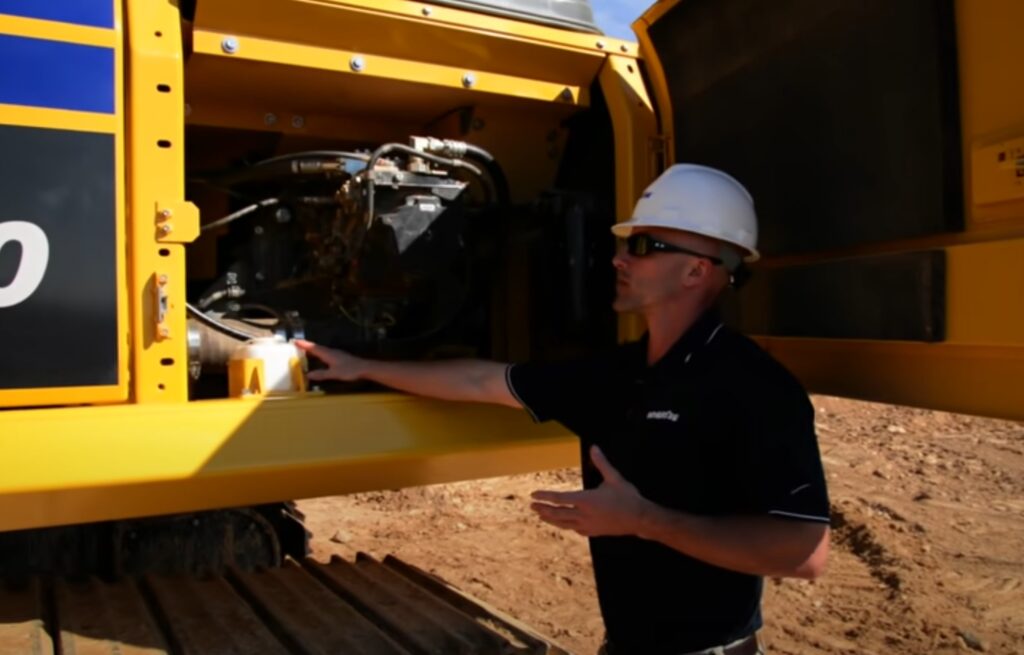In today’s shaky economy, making smart financial decisions is crucial for businesses in agriculture, construction, and transportation. Opting for used machinery is not just a savvy move for buyers; it’s also beneficial for sellers. Let’s explore why engaging in the used machinery market is a win-win, offering value for both sides of the deal.
Benefits for Buyers
Cost Savings: The most obvious advantage is the cost. Used machinery comes at a fraction of the price of new equipment, making it an affordable option for budget-conscious businesses.
Immediate Access: Unlike new machinery that may have long lead times, used equipment is readily available, ensuring businesses can keep their operations running smoothly without delay.
Investment Value: Used machinery often holds its value well, allowing buyers to potentially resell at a good price in the future.
Advantages for Sellers
Quick Asset Liquidation: For sellers, listing machinery for sale or at auctions means converting idle assets into cash quickly. This is especially valuable in an uncertain economy where cash flow is king.
Market Reach: By tapping into the used machinery market, sellers gain access to a broad audience of potential buyers, from local businesses to international buyers looking for a deal.
Flexible Sales Options: Whether it’s through direct sales, online platforms, or auctions, sellers have multiple channels to dispose of their machinery, giving them control over how and when they sell.
The Role of Machinery Auctions
Machinery auctions play a central role in the used equipment market, serving as a bridge between buyers and sellers. They offer a transparent, efficient, and competitive environment for transactions, ensuring fair prices are achieved. For sellers, auctions represent an opportunity to showcase their machinery to a large audience, while buyers enjoy the variety and competitive pricing.
Tips for Success in the Used Machinery Market
For Buyers:
- Understand your needs and budget constraints.
- Research equipment history, models, and market prices.
- Consider the long-term cost, including maintenance and potential resale value.
For Sellers:
- Present your machinery well, with detailed information and clear photos.
- Set realistic price expectations based on market research.
- Choose the right platform or auction house to reach your target audience.
Conclusion
In 2024, the used machinery market is a smart arena for both buyers and sellers. Buyers benefit from cost savings, immediate access, and investment value, while sellers enjoy quick asset liquidation, market reach, and flexible sales options. Machinery auctions enhance this dynamic, creating an efficient marketplace where both parties can find value. Whether you’re looking to upgrade your equipment or free up capital, the used machinery market offers lucrative opportunities for growth and stability in a turbulent economy.
Wether you’re in the market for you next best deal or looking to sell some machinery, visit us at Machines&Bids and we will make a deal happen!



